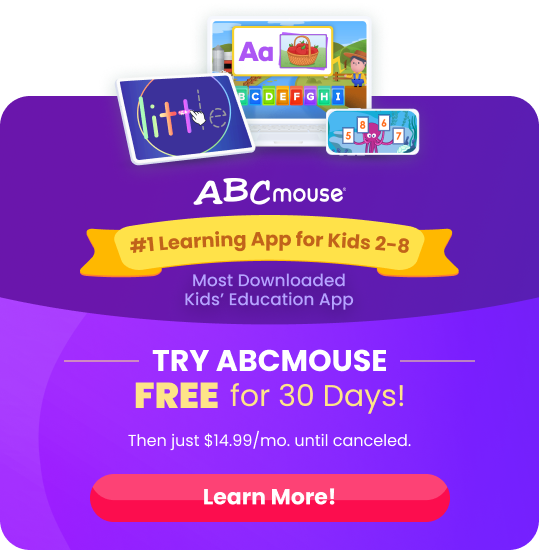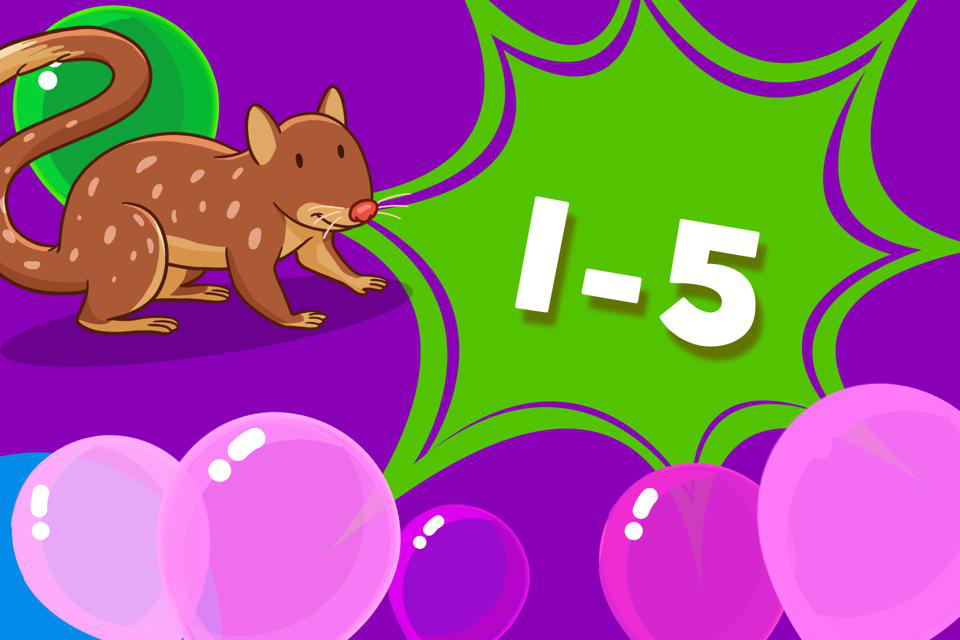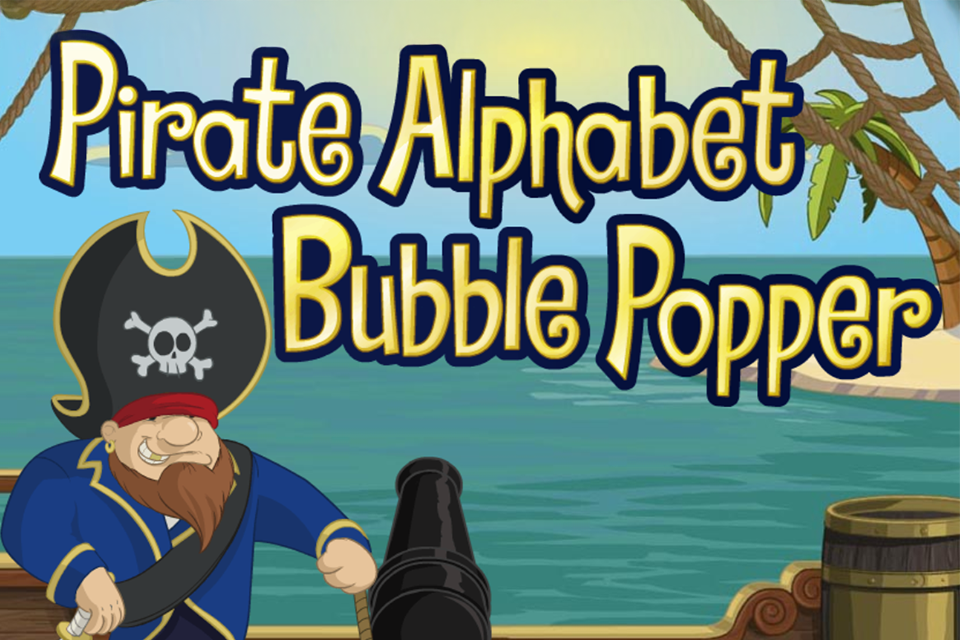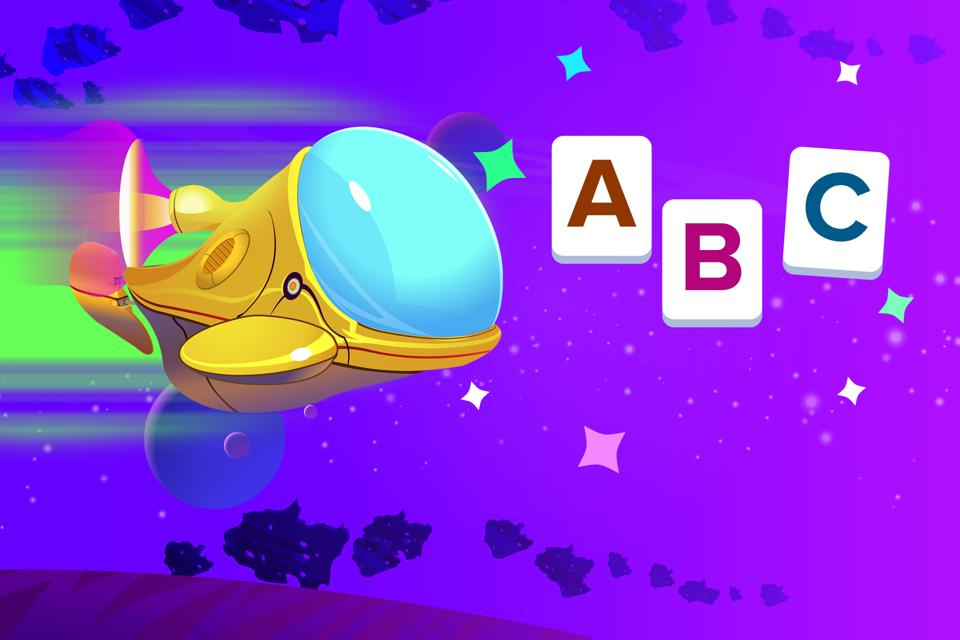
Preschool Curriculum for 3-Year-Olds
Find out what a 3-year-old should learn in preschool and the many different ways ABCmouse can help, including games, activities, and lessons.
Age three is a magical time: it’s when a toddler transitions into the preschool years and their education becomes a bit more structured. A strong preschool curriculum for 3-year-olds paves the way for the school years to come, by teaching skills like letters, numbers, and shapes as well as encouraging curiosity about the world around us.
Discover more about what a 3-year-old learns in preschool, and then explore how your child can use ABCmouse to build essential skills through play.
What Should a 3-Year-Old Learn in Preschool?

By age 3, most children are ready to start approaching learning in a more structured way. This means setting aside daily time to focus on the important skills and concepts that prepare kids to learn reading, writing, math and more. Here’s what preschool learning for 3-year-olds should include.
Early Literacy and Pre-Reading
Three-year-olds should develop a skill called phonological awareness, which means they understand that words are made up of individual sounds. They also learn to recognize the letters of the alphabet and the sound(s) each one makes. This begins their journey with phonics, which opens the door to reading fluency. Learn more about phonics for preschoolers here.
Early Math Skills
A preschool curriculum for 3-year-olds teaches includes developing early math skills. Number recognition is one of the most important, starting with the numbers 1 to 5 for this age group. In addition to recognizing the numbers themselves, 3-year-olds learn how to count objects, using one-to-one correspondence to figure out how many items are in a group.
Basic shapes (and primary colors) are included in 3-year-old preschool activities too. Kids this age practice sorting items by their characteristics and recognizing simple patterns. They experiment with measurement, comparing items to find which are bigger or smaller. These math concepts for preschoolers prepare them for elementary school arithmetic and geometry in the years to come.
Real World Concepts
At age 3, kids tend to have an insatiable curiosity about the world around them. Now’s the time to teach them about animals, seasons, and the weather. They also learn personal concepts like parts of the body and how to get dressed. Plus, 3-year-olds begin to explore and understand their relationships with people they know, such as parents, grandparents, siblings, teachers, doctors, and other caregivers.
Motor Skills
Your child has been developing motor skills since the day they were born! By preschool, 3-year-olds should be polishing their gross motor skills by practicing throwing and catching or exploring movements like jumping and skipping.
This age group is also developing their fine motor skills, understanding what it means to grip and use crayons or pencils to write and draw. They practice using scissors to cut along lines and mold playdough into shapes with their hands. In today’s world, they often learn how to tap on a screen or press the right keys to use learning apps like ABCmouse too!
Creativity
Incorporating structured learning doesn’t mean abandoning creativity and play—in fact, it’s just the opposite! Preschool activities for 3-year-olds should include plenty of exposure to music and art. Encourage your child to tell stories and act them out, mix paint colors to make new ones, or sing and dance to multiple kinds of music.
Social Emotional Learning
While formal skills like letters and numbers are important, a good preschool curriculum for 3-year-olds also incorporates social and emotional skills. They explore concepts like kindness, self-regulation, turn taking, and caring for the community, preparing them to be good citizens of the world as they grow.
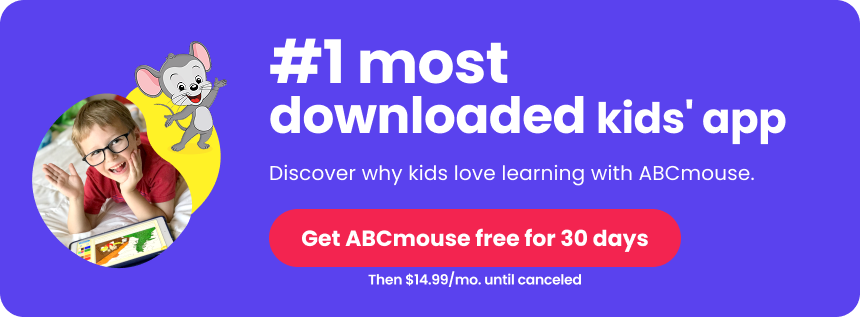
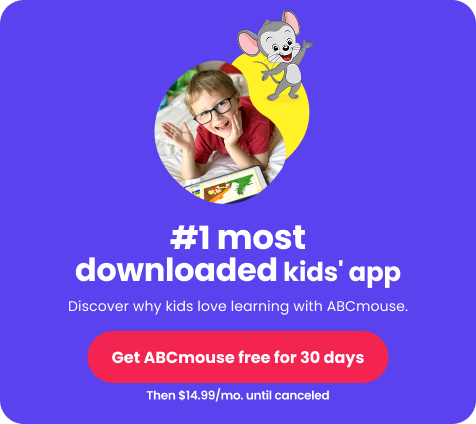
What Does A Preschool Curriculum Look Like?
A preschool curriculum should teach kids the developmental skills they need, including pre-literacy skills like letter recognition and sounds; foundational math concepts including counting, shapes, and patterns; beginning social studies and science topics like nature and communities; and creative exploration of color, music, and art. Ideally, a preschool curriculum uses a variety of activities to encourage learning, such as fun, engaging games and lessons, beginning readers, printable worksheets, and educational stories and videos.
If you live in a community without a preschool, or if your child attends preschool but you’d like to further enhance their learning, ABCmouse aims to provide this effortlessly for families. The ABCmouse preschool curriculum is designed by expert educators to provide all of these key elements, along with a motivating reward system and a wide variety of learning opportunities, which helps keep three-year-olds excited to continue learning.
ABCmouse doubles early learning gains in reading and math.*
*Age of Learning study; PreK kids; min. 2 day/wk & 1 hr/wk usage. See aofl.com/research for more info.
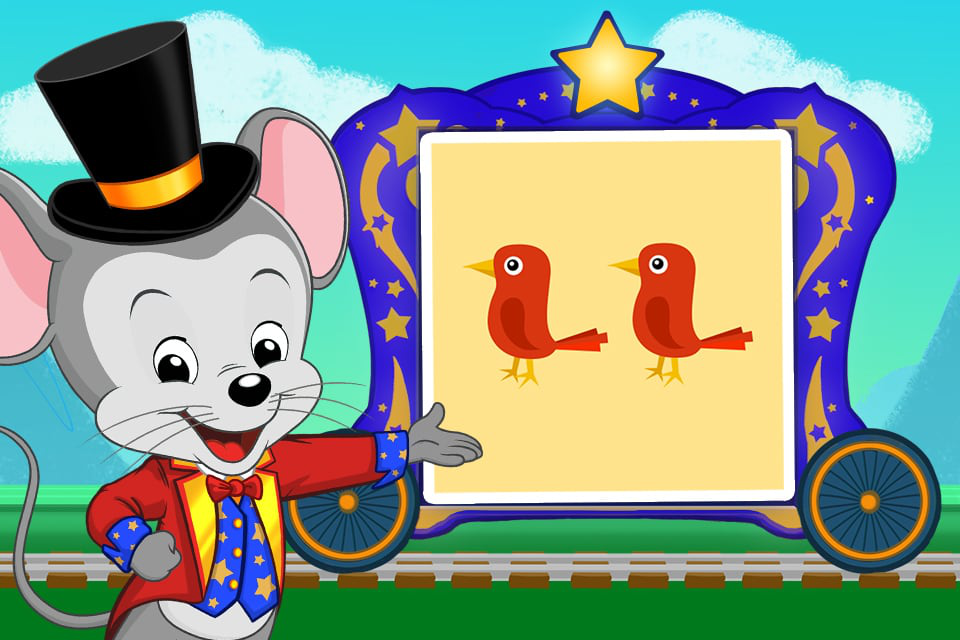
What Do Preschoolers Learn with ABCmouse?
While there are thousands of different ways to learn with ABCmouse, the two main approaches are by following your child’s Learning Path and/or selecting from the many different educational games, songs, books, puzzles, and videos within the app.
The Learning Path allows children to continue growing their skills through a variety of planned activities. If an adult or child would like to create more focused instruction on a topic, like numbers, or a theme, such as farm animals, they can do so by guiding the child to specific games, books, and activities.
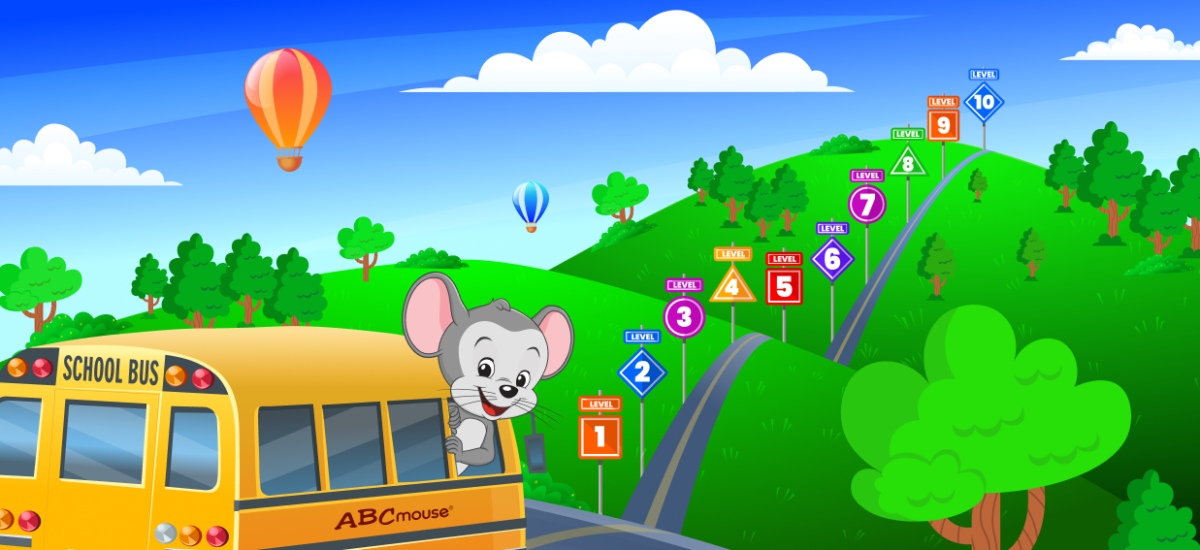
What Does A Day of Learning Look Like for a 3 Year Old?
With ABCmouse, a day of learning for a three-year-old can be structured around their Learning Path or customized by an adult. The app can be used to support classroom learning or to grow foundational skills at home.
The ABCmouse Learning Path is designed to help children grow key skills through a variety of planned activities. Introducing concepts through engaging games, read alouds or read along books, learning activities, and printable worksheets and coloring pages gives children multiple ways to learn and practice, which helps them stay motivated and excited.
Adults can also choose what their child learns each day, planning a list of activities and guiding their child through them. This allows children to focus on specific skills, such as letter learning, or enjoy themed learning activities, such as a day of learning with pirates, farm animals, sea creatures, and more.
One Day with the Level 1 Learning Path:
This example provides an overview of the types of activities and subject matter a three-year-old may engage with during one day on their designated Learning Path within in the ABCmouse app.
Children can explore as many educational activities as they’d like while in app. On the other hand, if a child needs shorter learning session, that’s okay too–a child’s Learning Path does not have to be completed within a certain timeframe. Here are a few examples of learning activities preschooler can enjoy on their Learning path.
Zoo Number Pop and Peek 1-5 Learning Game
Playing this early learning game helps preschoolers work on number recognition skills while popping balloons that match the numbers they hear, uncovering a hidden zoo surprise.
This classic counting song encourages preschoolers to sing along as they practice with numbers and start laying the framework for subtraction.
Look At All The Colors I Can See Song
Learning colors gets even more interesting when it’s combined with an engaging video and catchy song for preschoolers to sing along with.
Alphabet practice turns into game play as preschoolers work on letter recognition while feeding a hungry frog!
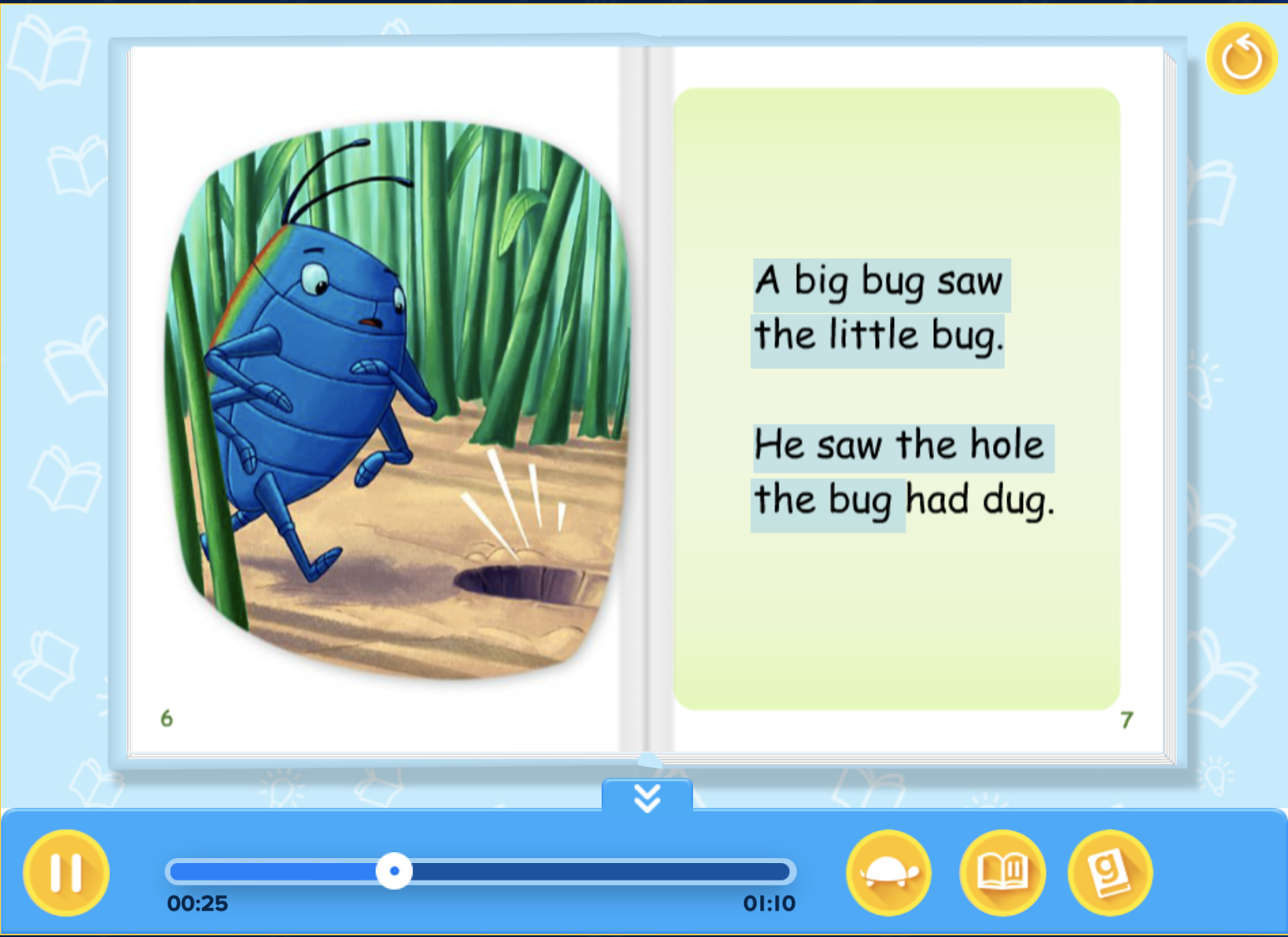
Storytime
Read along with a leveled reader book, such as Big Bug and Little Bug, which is one of over 450 books in the ABCmouse library.
Learn with a Puzzle
Interactive puzzles like Numbers Jigsaw Puzzle : 1 Elephant are a regular part of the Learning Path.

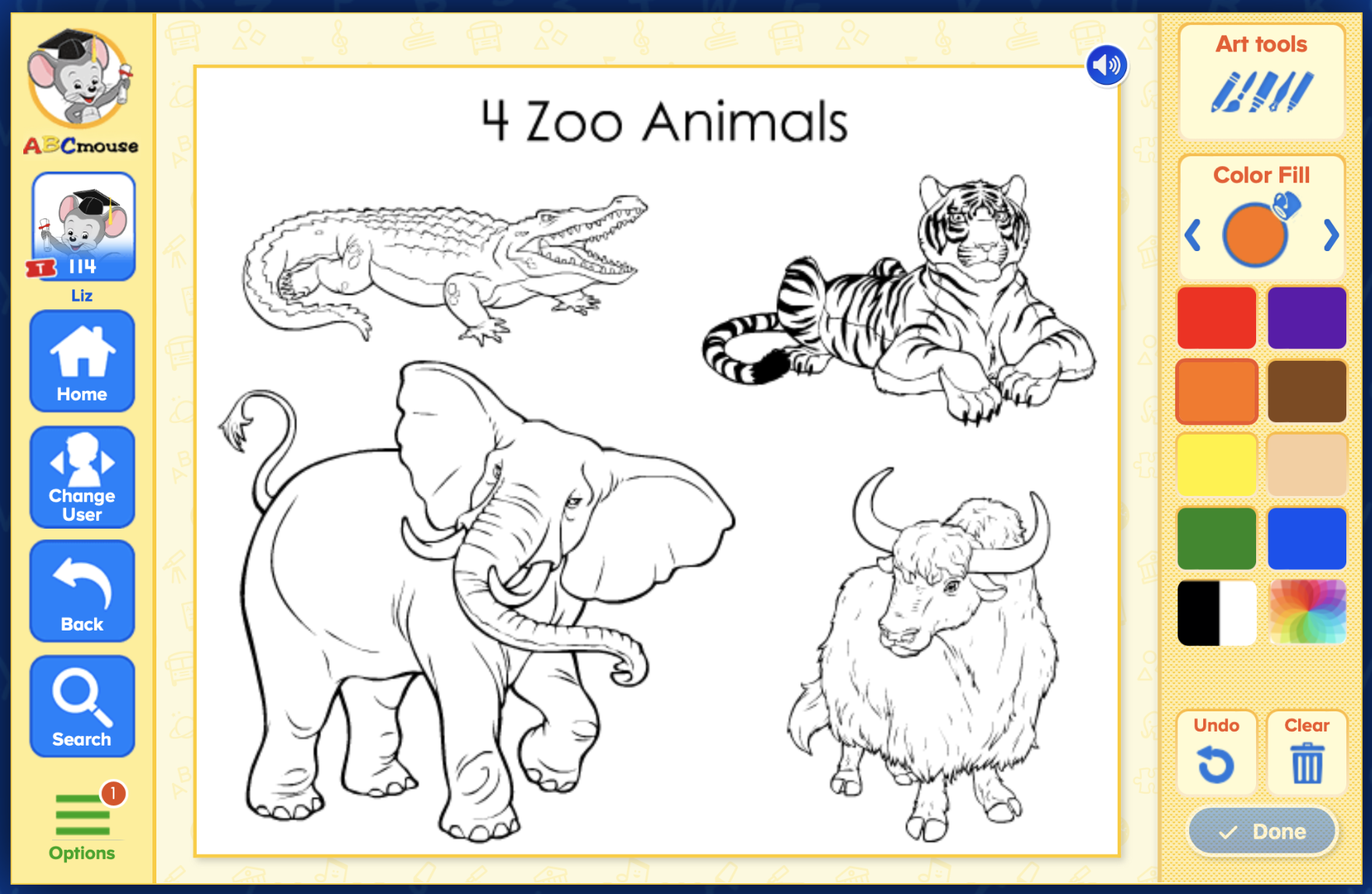
Try Some Virtual Painting
ABCmouse includes worksheet-style activities to complete within the app or to print out and complete offline.
Along the way, children can take a break from the Learning Path to enjoy the following:
- Other games and activities
- Spend their earned tickets at the Shopping Center
- Watch a short song or video in the Movie Theater
- Learn about animals at the Farm or Zoo
- Care for their aquarium or adopted pet

Shopping Center

Movie Theater
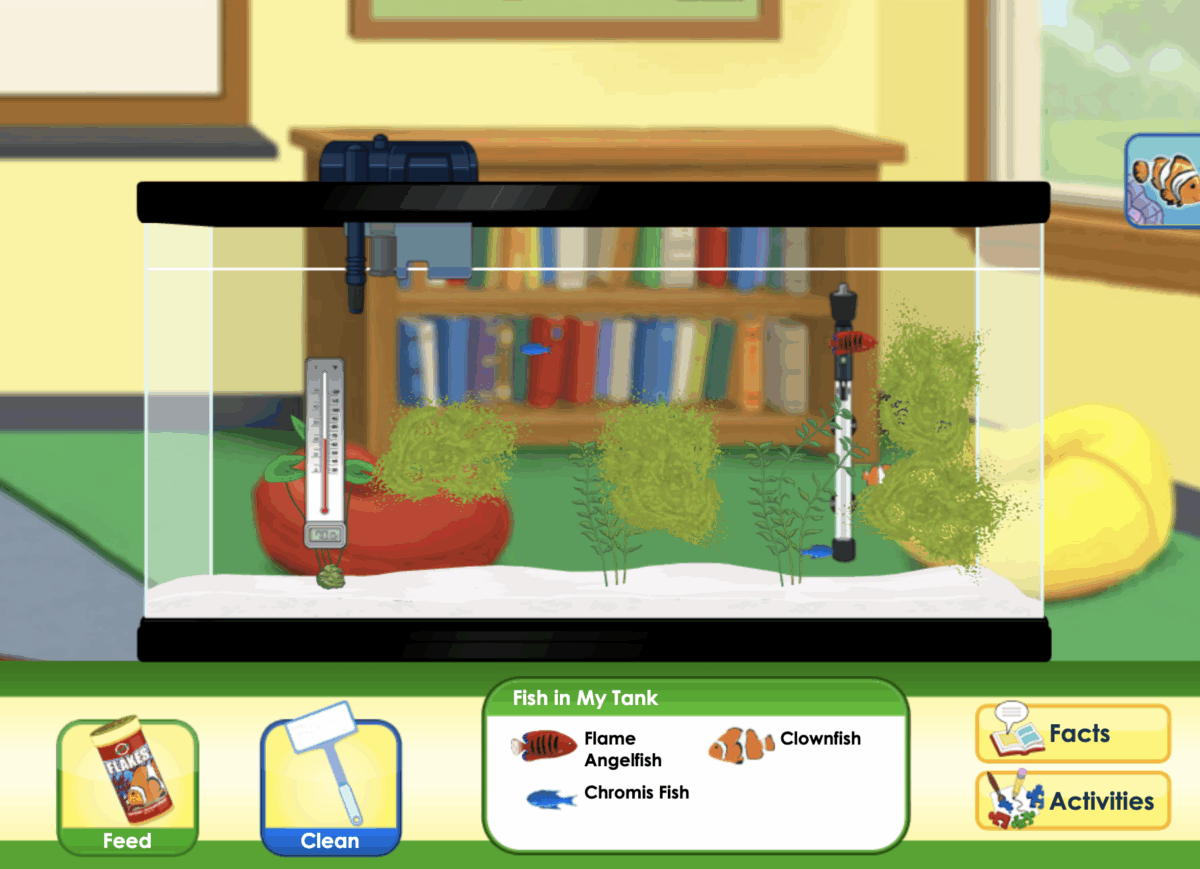
Aquarium
One Day of Customized Learning for a 3-Year-Old
If an adult would like to create more focused instruction on a topic, like numbers, or a theme, such as farm animals, they can do so by guiding the child to specific games, books, and activities. These can be enjoyed in addition to the activities offered on the child’s Learning Path.
For example, if an adult wanted to focus lessons on learning the alphabet, they could pick from the hundreds of games, books, songs, and other activities within the ABCmouse app on this topic. Here are a few examples:
Watch and Sing Along with Alphabet Songs
From the Home Screen, head to the ABCmouse Movie Theater to watch and sing along with all 26 of the catchy A-Z Letter Songs.
Visit the ABCmouse Library
From the Map section of the Home Screen, visit the library and read the books Alphabet in the Park and The Letter A Book.

Pick from Dozens of Alphabet Games
Go to the Classroom and select Reading from the banner at the top. Then select Games and pick from Pirate Alphabet Bubble Popper, ABC Memory Match, or dozens of other ABC-focused games.
Take a Break with a Pet
Take a break from letter learning and have some fun by adopting and caring for a pet at The Pet Park or by checking in on the fish in the classroom aquarium.

Visit the Farm
Next, go to the Farm and take a minute to meet and learn about the chickens, enjoy a chicken-themed art project, and sing along with Old McDonald Had a Farm.
Return to Letter Learning
Get back to letter learning by working on the ABC Picture Puzzle and playing the game Galaxy Dash: Uppercase Letters.
Learning can also be focused on themes, such as Dinosaurs, Pirates, Horses, Pets, and more. Here’s an example of learning activities built around a dinosaur theme:
- Watch the Fun Facts Video: How Dinosaurs Got Their Names
- Color-by-Numbers: Dinosaurs–online or printed out
- Play Mighty Dinosaur Chomp Math Game
- Read the book Dinosaur Playdate
- Print out the Dinosaur Playdate Writing Prompt
- Try the Dd is for Dinosaur Jigsaw Puzzle
- Watch the If I Were a Dinosaur Music Video
- Play the game How Likely Is It? Dinosaurs
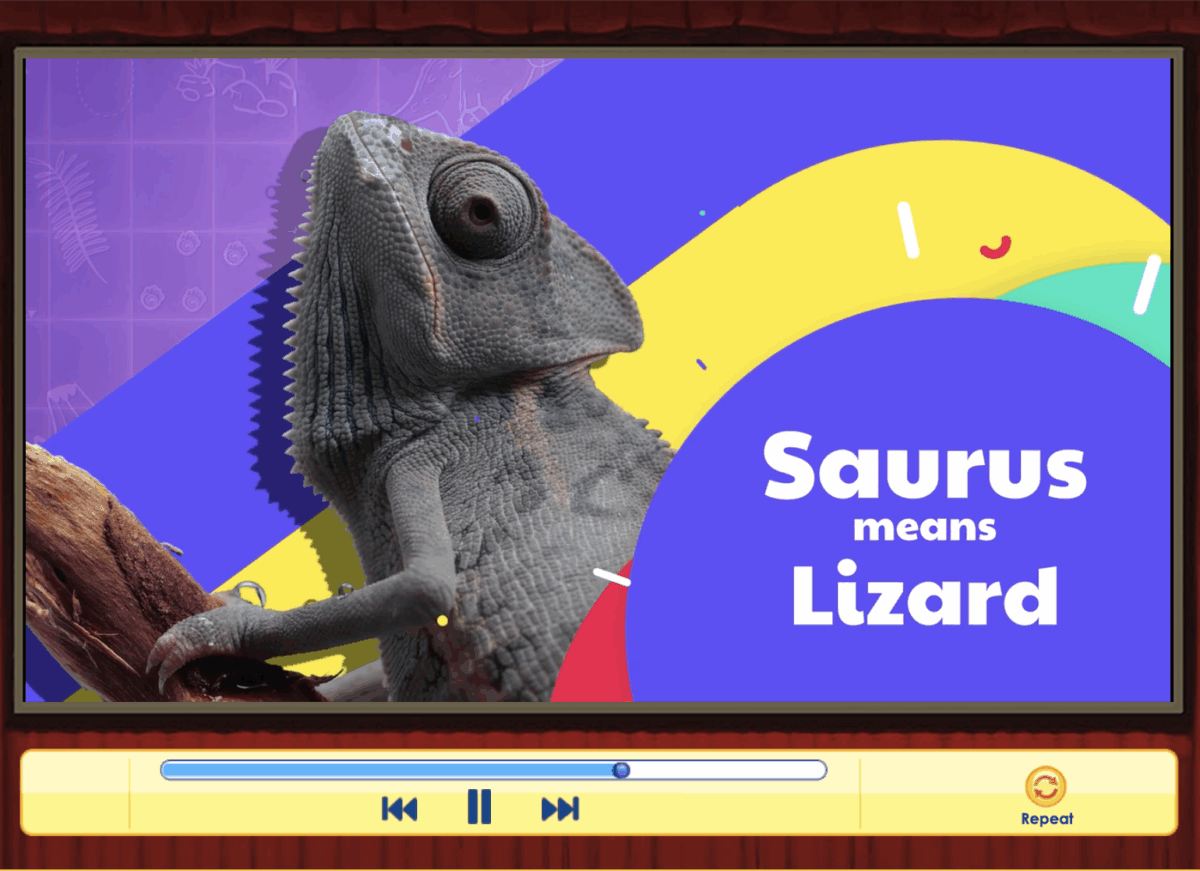
How Dinosaurs Got Their Names

Dinosaur Games

Color-by-Numbers: Dinosaurs
How Much Time Does My Preschooler Need to Spend Learning?
Preschoolers typically engage in learning activities for 15 to 30 minutes at time. Some children have longer or shorter attention spans, so adjust the time spent learning to their needs.
ABCmouse is designed to help your child in as little as 15 minutes a day and can easily be incorporated into your daily routine. Use it for quiet time after lunch or dinner or for a bit of learning in the morning. Children can learn on their own with the app or adults can sit down with their child to explore new concepts, followed by time spent doing hands-on activities that reinforce the learning. At preschools, teachers can set up a learning station for kids to play independently throughout the day. The way you use ABCmouse is up to you!
